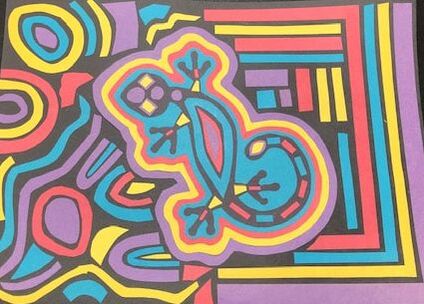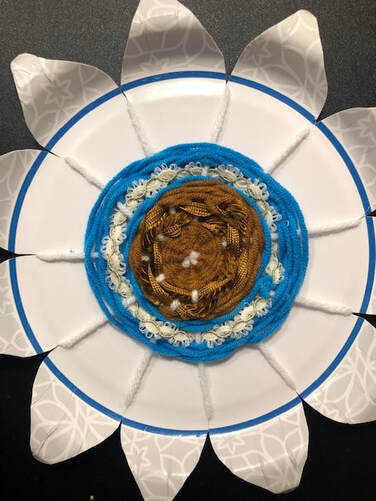|
The mola, or molas, forms part of the traditional outfit of a Kuna woman in Panama. In Dulegaya, the Kuna’s native language, mola actually means “shirt” or “clothing.” The mola stems from a Kunan tradition of women painting their bodies with geometric designs. These designs were later woven into cotton and then sewn into cloth that was acquired from the European settlers of Panama. The way that molas are made is with a reverse applique technique. What this means is that the different colored layers of fabric are stacked and stitched together; the colors visible through cutaway parts of the fabric. For today’s activity we will be emulating mola art using paper!
0 Comments
Although not created on what would be considered a traditional loom, today’s craft is inspired by an ancient Mexican weaving technique called Zapotec weaving. The Zapotec are an ancient people, also known as the “cloud people” that lived in the Oaxacan Valley in Mexico. The Zapotec people are responsible for the building the great cities of Monte Alban and Mitla as well as leaving behind evidence of their unique weaving traditions.
|
Adult News & reviewsLibrary news, info about upcoming events, reviews of books and films, and a look at the topics that affect us as a library. Archives
July 2023
|
General |
Borrowing |
About |



 RSS Feed
RSS Feed
